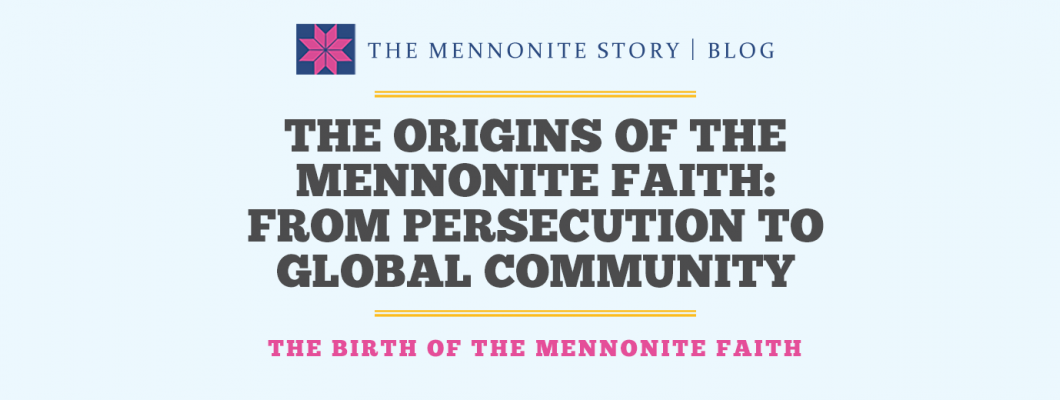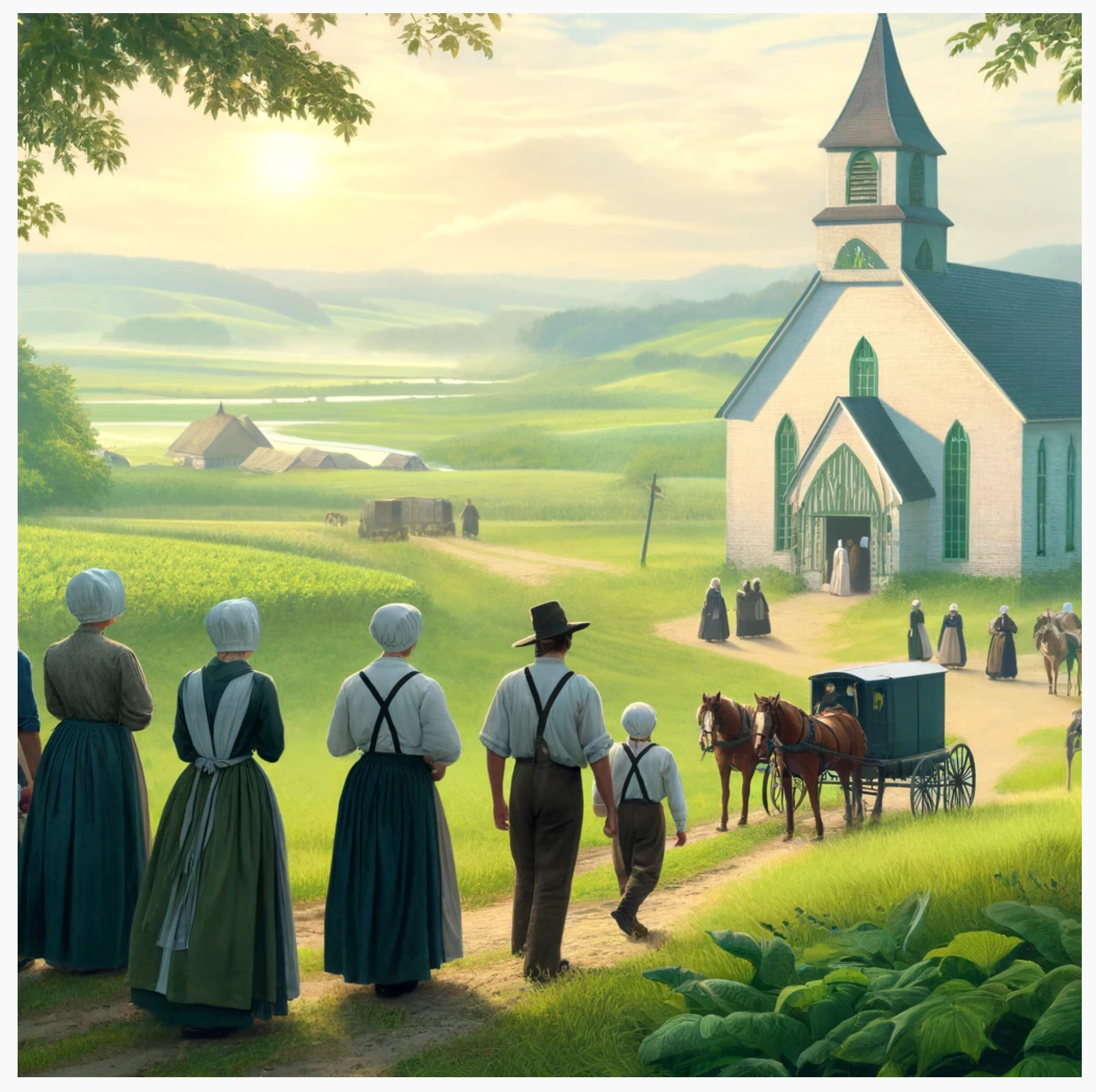
The Origins of the Mennonite Faith: From Persecution to Global Community
When you visit The Mennonite Story in St. Jacobs, Ontario,
you step into a rich tapestry of history that spans continents and centuries.
The Mennonite faith, with its roots deeply planted in the 16th-century
Protestant Reformation, tells a story of resilience, faith, and growth. This
article delves into the origins of the Mennonite faith, tracing its journey
from persecution to becoming a global community of over 1.5 million members.

The Birth of the
Mennonite Faith
The Mennonite faith emerged from the Anabaptist movement in
the early 1500s as part of the Protestant Reformation. Anabaptists, meaning
"rebaptizers," believed in adult baptism, a radical departure from
the infant baptism practiced by the Catholic Church and many Protestant
reformers. This belief in voluntary faith, along with a commitment to pacifism
and a simple lifestyle, set Anabaptists apart and often put them at odds with
both religious and political authorities.
One of the movement’s early leaders, Menno Simons, was a
former Catholic priest from the Netherlands who converted to Anabaptism around
1536. His leadership and writings helped to organize and unify scattered
Anabaptist groups, which came to be known as Mennonites. Menno Simons
emphasized core principles such as nonviolence, community living, and the
importance of following Christ’s teachings in everyday life.
Persecution and Struggle
The early Mennonites faced severe persecution from both
Protestant and Catholic authorities. They were often seen as heretics and a
threat to the social order because of their refusal to bear arms, swear oaths,
or participate in civil government. As a result, many Mennonites were
imprisoned, tortured, and executed. This period of intense persecution forced
the Mennonites to become a migratory people, constantly seeking places where
they could live out their faith in peace.
Despite these challenges, the Mennonite faith endured and
spread. The communal lifestyle and mutual aid practices of the Mennonites
helped sustain their communities through difficult times. Their commitment to
education and literacy, driven by the need to read and interpret the Bible,
also played a crucial role in their resilience.
A Global Community
By the 18th century, Mennonites began to find more permanent
homes. Significant migrations took them to Prussia (modern-day Poland), Russia,
and eventually to North and South America. Each migration wave brought new
challenges and opportunities, but also helped to spread Mennonite beliefs and
practices around the world.
Today, Mennonites are a diverse global community of
approximately 1.5 million members in 75 countries. While they maintain core
beliefs such as adult baptism, nonviolence, and community, their practices and
cultural expressions can vary widely. From traditional Old Order Mennonites who
drive horse-drawn buggies, to modern urban congregations, the Mennonite
community continues to adapt and thrive.
Visiting The Mennonite Story
At The Mennonite Story, we are dedicated to preserving and
sharing this rich history. Our interpretive center offers multimedia
presentations, interactive displays, and short films that bring the Mennonite
story to life. Visitors can learn about the early beginnings in Europe, the
challenges of persecution, and the remarkable growth of the Mennonite community
worldwide.
Additionally, our Guided Country Tours at the St. Jacobs
Farmers Market and the Countryside "Back Roads" Bus Tours offer
immersive experiences where visitors can see firsthand the landscapes and
communities that have shaped Mennonite life. Our knowledgeable guides provide
insights into Mennonite culture, farming practices, and history, answering any
questions you may have along the way.
We invite you to explore the roots of the Mennonite faith
and discover how a small group of persecuted believers grew into a global
family known for their acts of compassion, reconciliation, and peace. Join us
at The Mennonite Story to learn, discover, and reflect on this unique and
inspiring heritage.
Leave a Comment